Cold, humid weather or periods when we are forced to stay at home are always times when patients with osteoarthritis complain that they have more pain, more stiffness in their joints and that their daily activities become more difficult. At first, everyone thinks that the cold causes joint pain. However, in recent years, musculoskeletal doctors have pointed out a much more important cause: reduced mobility. When we move less, sit more, and limit our movements because of fear of pain or living conditions, osteoarthritis not only does not improve but also progresses faster.
Exercise is "nutrition" for joints
Human joints do not have direct blood supply like many other tissues. Articular cartilage is nourished by the movement of synovial fluid – a mechanism that only works well when the joint is regularly exercised. When we are immobile for too long, the amount of circulating synovial fluid decreases, the cartilage cells are less nourished, leading to dry, stiff and painful joints.

When we move less, sit more, and limit movement because of fear of pain or living conditions, osteoarthritis not only does not improve but also progresses faster . Illustration.
Rehabilitation doctors often compare joints to a "hinge". A hinge that has not moved for a long time will dry out, become difficult to rotate, and make a creaking sound. The knee joint – the joint that bears the most weight – is more susceptible to this condition. Lack of movement also weakens the muscles around the joint, especially the quadriceps, making the joint unstable and subject to greater loads when walking. Over time, this causes pain to recur more frequently.
The post-COVID-19 era: the clearest evidence yet of the harmful effects of reduced mobility
One of the interesting things from the reality in recent years is that when we came out of the social distancing period, musculoskeletal clinics recorded a sudden increase in the number of patients with joint pain. Many people who had only mild pain before, after a few months of limited movement, the pain became more severe, some even had to use strong painkillers or start intensive physical therapy.
According to experts, this period has inadvertently become a "natural experiment" showing how much reduced mobility negatively impacts joints. People move less, go out less, exercise intermittently, while the time spent sitting watching TV, working from home or using electronic devices increases. All of this has created an ideal environment for joint pain to flare up.
The same thing happens every cold season. When the temperature drops, especially in the North, the elderly are often reluctant to go out and exercise in the morning or evening. The restriction of movement for 2-3 months in winter is enough to cause muscle atrophy, stiff joints and a marked increase in pain when spring comes.
Common mistake: "If it hurts, stop"
Many patients still think that if they have pain, they should rest or limit their movements as much as possible. This is a view that makes osteoarthritis last longer and become more severe. Many specialists believe: "Joint pain does not mean that you have to stop moving. On the contrary, you should maintain appropriate movements to keep your joints lubricated and your muscles strengthened."
Of course, people with the disease should not overexert themselves or exercise incorrectly. But fear of movement leading to complete immobility will do more harm than good. In older people, just a few weeks of reduced walking can cause significant weakness in the thigh muscles, leading to loss of balance, increased pain, and even an increased risk of falls.
In fact, the image of elderly people huddled in the house in the cold season, limiting going out because of fear of wind and slippery is very common. Along with that is sitting a lot watching TV, surfing the phone or simply sitting in one place to keep warm. Many people only stand up a few times a day, the gap between movements is too long, making the joints stiffer and more painful.
Primary care providers say that every monsoon season, the number of people seeking medical attention for joint pain increases dramatically. Many patients say they have no injuries, just “have been moving less for a few days, and then the pain suddenly increases.” This is consistent with observations in many other countries, where cold weather or the rainy season causes people to move less and joint pain increases.
Expert advice: proper exercise – the key to controlling joint pain
Guidelines for the treatment of osteoarthritis worldwide agree that exercise is the number one foundational factor to reduce pain, maintain function and slow disease progression. Patients should maintain daily exercise at an appropriate intensity, combining strength training, stretching and light aerobic exercise.
Getting up and walking around for a few minutes every 30–60 minutes of sitting is also valuable, especially for office workers or elderly people living alone. These are small changes but have a big effect, helping to limit stiffness and support joint fluid circulation.
Simple home exercises such as thigh stretches, straight leg raises, slow sit-ups, or short walks are suitable for most patients. For those with severe pain, exercising in warm water, using a treadmill, or using a stationary bike are safe options.
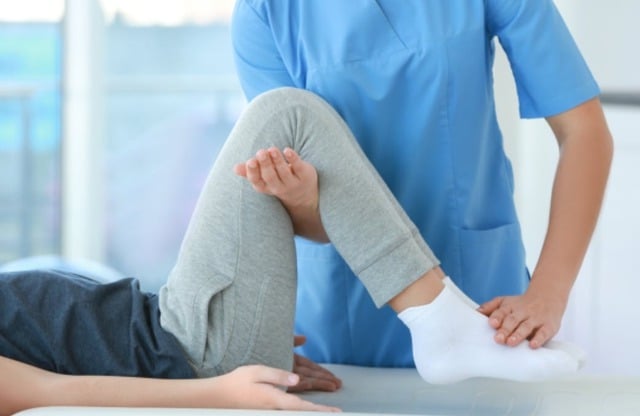
Physical therapist instructs patient on thigh strengthening exercises to reduce joint pain.
Need a system to support patients' mobility
From a community perspective, organizing morning walking groups, health-exercise classes for the elderly or exercise programs at ward health stations are solutions that have proven effective in many localities. In addition, the remote physical therapy model is also a notable direction, especially for the elderly, busy people or in bad weather.
Osteoarthritis is a chronic disease, but it can be controlled if the patient exercises properly. Reduced movement – whether due to cold weather, busy work or lifestyle habits – makes the pain worse and causes the disease to progress quickly. Changing the concept of "rest when in pain" to "exercise properly when in pain" is the key to helping patients maintain quality of life, reduce dependence on medication and keep joints stable in the long term.
Source: https://suckhoedoisong.vn/vi-sao-ngoi-nhieu-khien-thoai-hoa-khop-bung-phat-vao-mua-lanh-169251119105238738.htm






![[Photo] National Assembly Chairman Tran Thanh Man receives a business delegation from the Europe-ASEAN Business Council](/_next/image?url=https%3A%2F%2Fvphoto.vietnam.vn%2Fthumb%2F1200x675%2Fvietnam%2Fresource%2FIMAGE%2F2025%2F11%2F24%2F1763989198212_ndo_br_bnd-7394-jpg.webp&w=3840&q=75)
![[Photo] Prime Minister Pham Minh Chinh attends the patriotic emulation congress of the banking sector](/_next/image?url=https%3A%2F%2Fvphoto.vietnam.vn%2Fthumb%2F1200x675%2Fvietnam%2Fresource%2FIMAGE%2F2025%2F11%2F24%2F1763981997729_tt-nhnn-jpg.webp&w=3840&q=75)


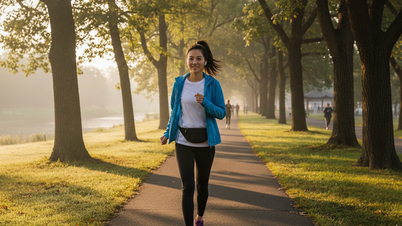
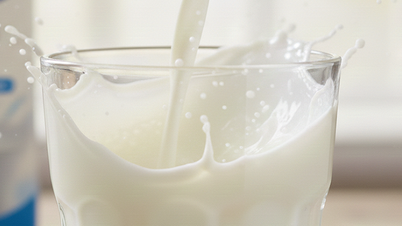
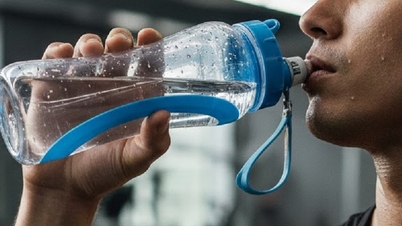








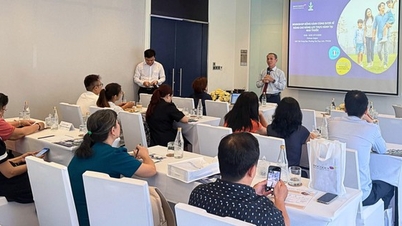
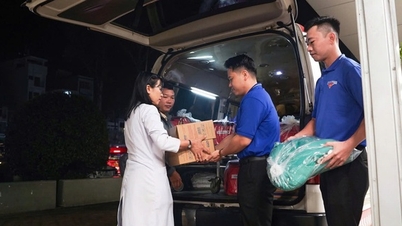
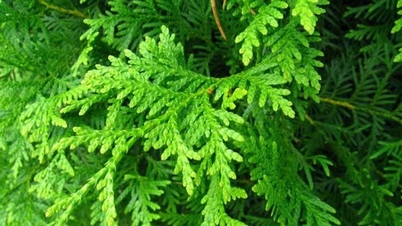



![[Photo] Next to the "mountain of trash" after the flood, Tuy Hoa residents strive to rebuild their lives](/_next/image?url=https%3A%2F%2Fvphoto.vietnam.vn%2Fthumb%2F1200x675%2Fvietnam%2Fresource%2FIMAGE%2F2025%2F11%2F24%2F1763951389752_image-1-jpg.webp&w=3840&q=75)





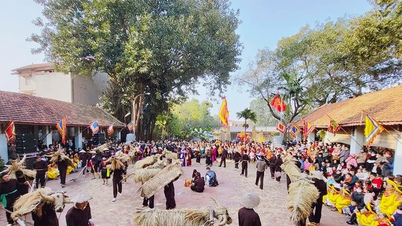

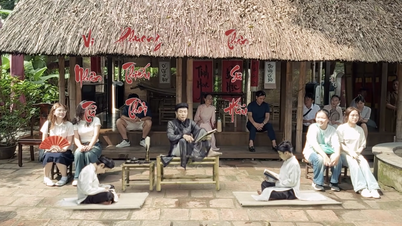



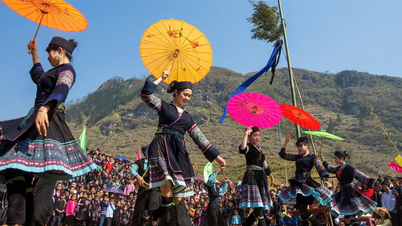









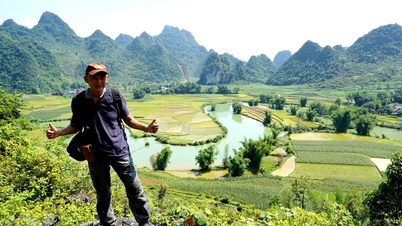

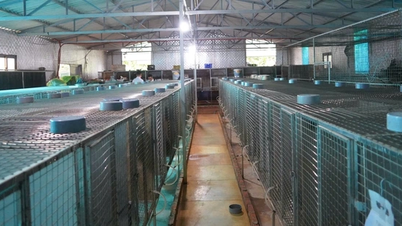




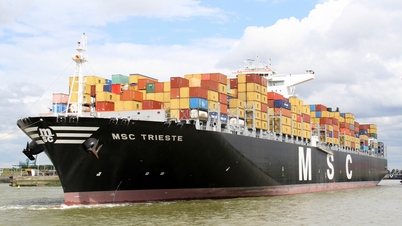









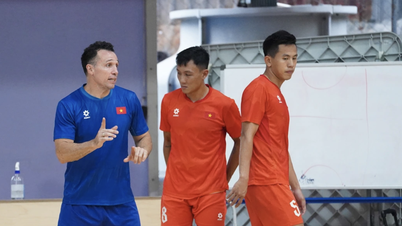






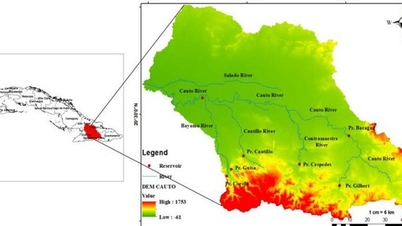

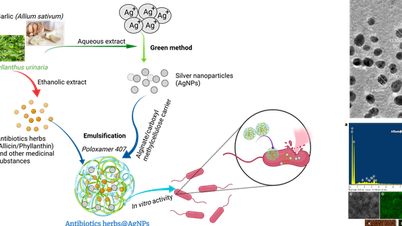
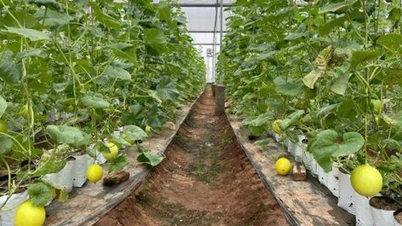


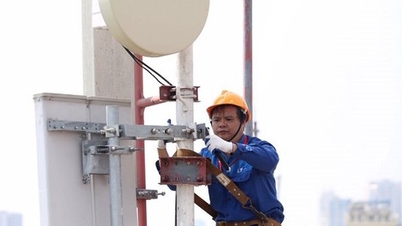









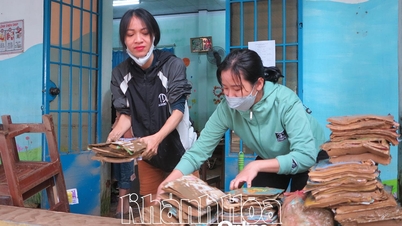








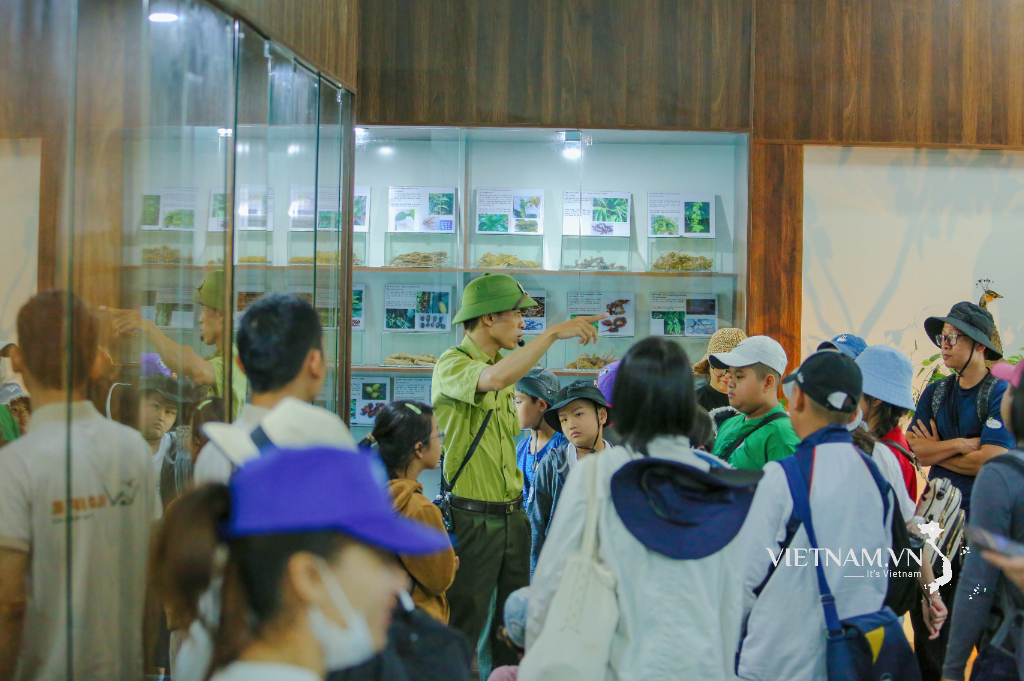



Comment (0)